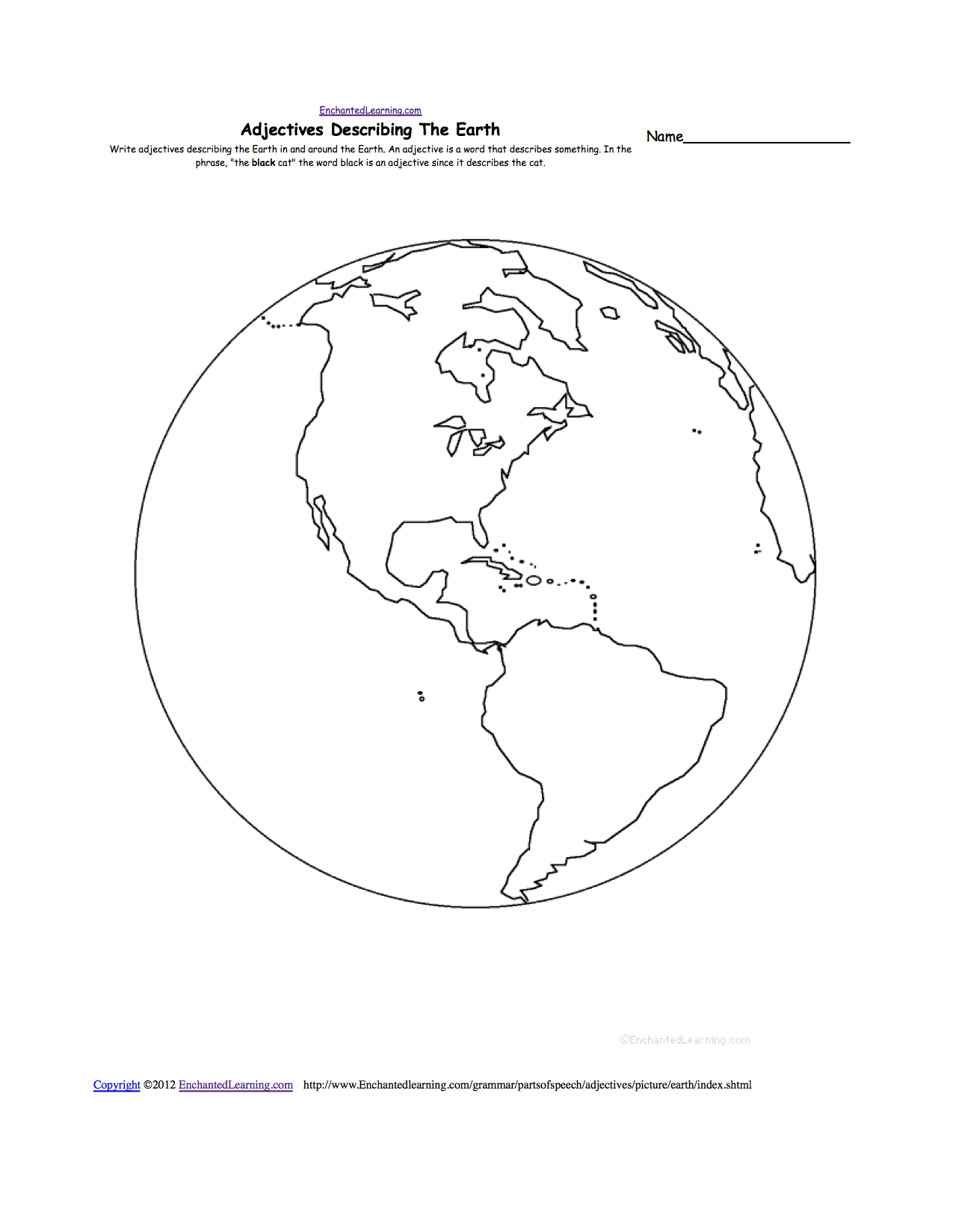Features of the Sun Worksheet
The Sun, being the largest celestial entity in our solar system, holds immense importance in our lives. Understanding its characteristics and processes is crucial for anyone interested in astronomy or the wonders of the universe. With a focus on this powerful subject, we present a range of informative and engaging worksheets that delve into the features of the Sun. These worksheets aim to provide a comprehensive understanding of the Sun's composition, structure, and various phenomena, making them suitable for educators, students, and astronomy enthusiasts alike.
Table of Images 👆
More Other Worksheets
Kindergarten Worksheet My RoomSpanish Verb Worksheets
Cooking Vocabulary Worksheet
My Shadow Worksheet
Large Printable Blank Pyramid Worksheet
Relationship Circles Worksheet
DNA Code Worksheet
Meiosis Worksheet Answer Key
Art Handouts and Worksheets
7 Elements of Art Worksheets
What is the primary source of energy for the Sun?
The primary source of energy for the Sun is nuclear fusion, where hydrogen atoms combine to form helium, releasing a tremendous amount of energy in the process. This fusion process creates the heat and light that shine from the Sun, providing energy that sustains life on Earth.
What is the diameter of the Sun?
The Sun has a diameter of approximately 1.4 million kilometers.
How does the Sun produce light?
The Sun produces light through a process called nuclear fusion, where immense heat and pressure cause hydrogen atoms to fuse and form helium. Energy is released in this process in the form of light and heat, which then reaches Earth as sunlight. This continuous nuclear fusion reaction in the Sun's core powers the light and heat that sustain life on our planet.
What are sunspots and why do they occur?
Sunspots are dark areas on the sun's surface that are cooler than the surrounding areas. They occur due to fluctuations in the sun's magnetic field, which can cause localized cooling and inhibit convection, leading to reduced heat output in those areas. Sunspots are more frequent during periods of increased solar activity, known as the solar cycle, and can have effects on Earth's climate and technology, such as causing disruptions to satellite communications and power grids.
What is the Sun made of?
The Sun is primarily made up of hydrogen (about 74%) and helium (about 24%) gases. These two elements undergo nuclear fusion in the sun's core, where immense pressure and temperature combine them to form heavier elements and release energy in the form of light and heat.
How long does it take for light from the Sun to reach Earth?
It takes approximately 8 minutes and 20 seconds for light from the Sun to reach Earth.
What is solar wind and how does it affect Earth?
Solar wind is a stream of charged particles, mainly electrons and protons, that are ejected from the Sun's outer atmosphere at high speeds. This continuous flow of solar wind interacts with Earth's magnetic field and upper atmosphere, impacting a range of phenomena such as the auroras, geomagnetic storms, and the erosion of Earth's outer atmosphere. The solar wind can disturb satellite operations, disrupt communication systems, and even cause power grid failures during intense geomagnetic storms.
What is the core temperature of the Sun?
The core temperature of the Sun is around 15 million degrees Celsius (27 million degrees Fahrenheit).
How long does it take for the Sun to complete one rotation on its axis?
The Sun takes about 24.47 days to complete one full rotation on its axis.
How old is the Sun?
The Sun is approximately 4.6 billion years old. It formed from the gravitational collapse of a region within a large molecular cloud and has been shining for billions of years, providing light and heat to our solar system.
Have something to share?
Who is Worksheeto?
At Worksheeto, we are committed to delivering an extensive and varied portfolio of superior quality worksheets, designed to address the educational demands of students, educators, and parents.





























Comments